About Kominka
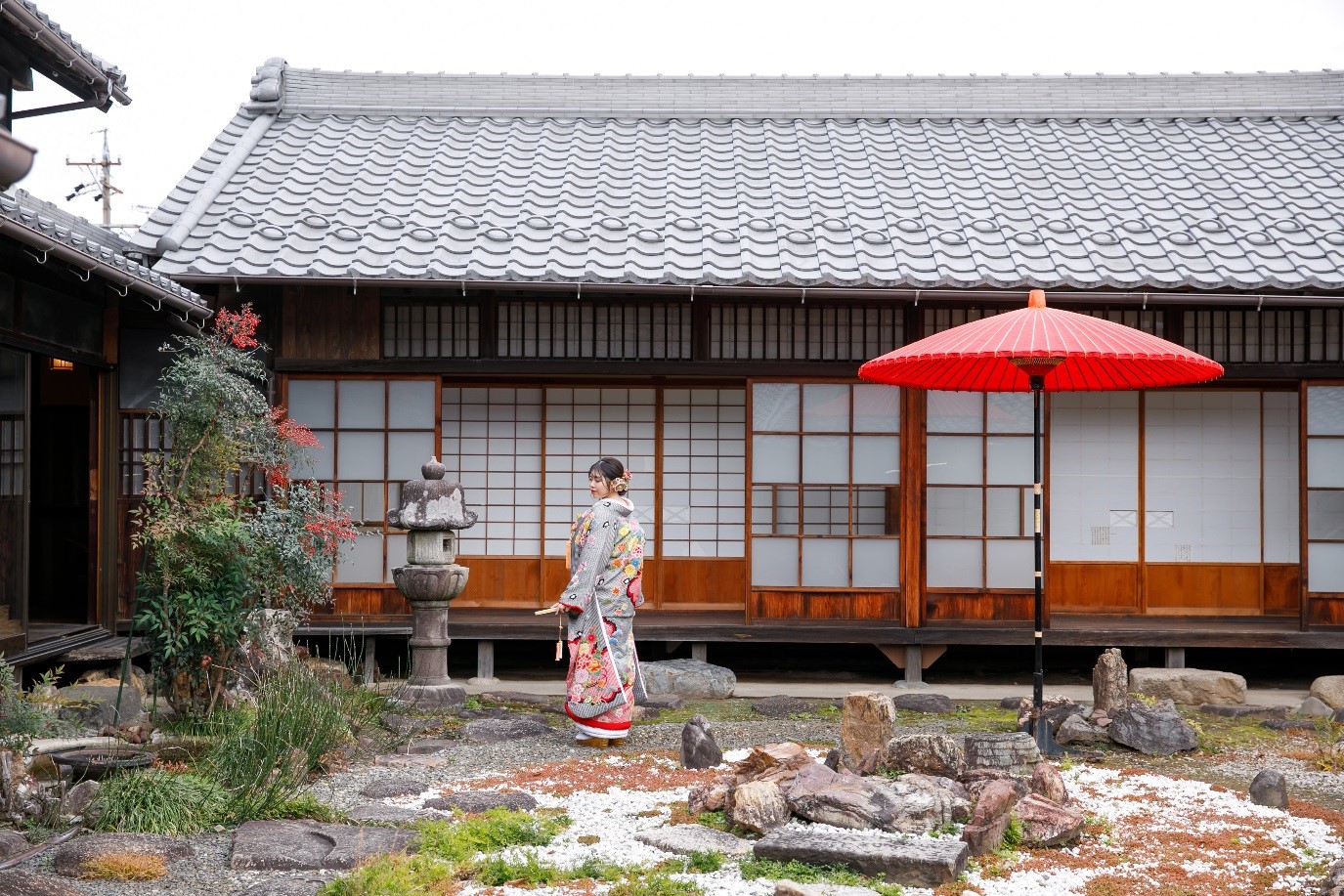
You can imagine that a kominka is an old Japanese house built using traditional construction methods, but in fact there is no actual concrete definition of kominka. We consider a kominka as an old folk house that was already in existence when the Japanese Building Standards Act was enacted in 1950 and which was built using Japanese timber-frame construction.
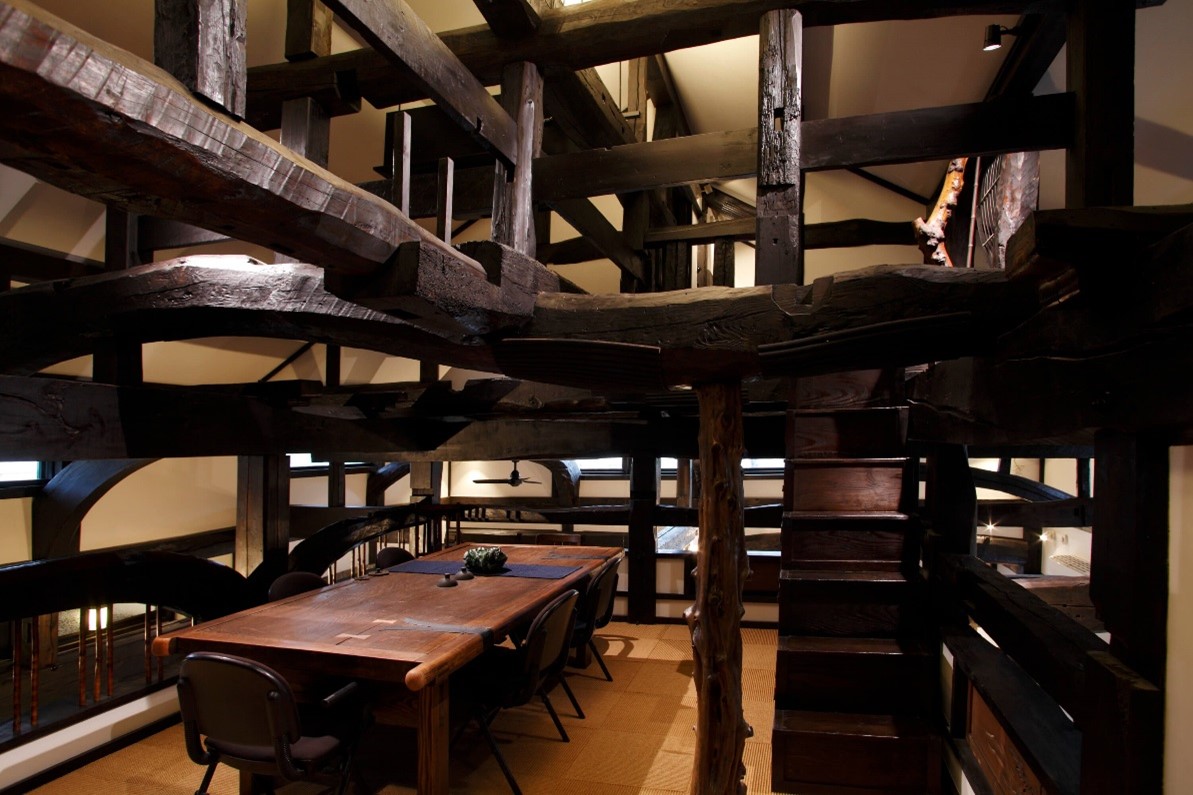
In an old folk house with a long history, thick beams and large pillars are a lustrous shiny black, the old wood having been gradually darkened by the smoke from the hearth to a very attractive color.
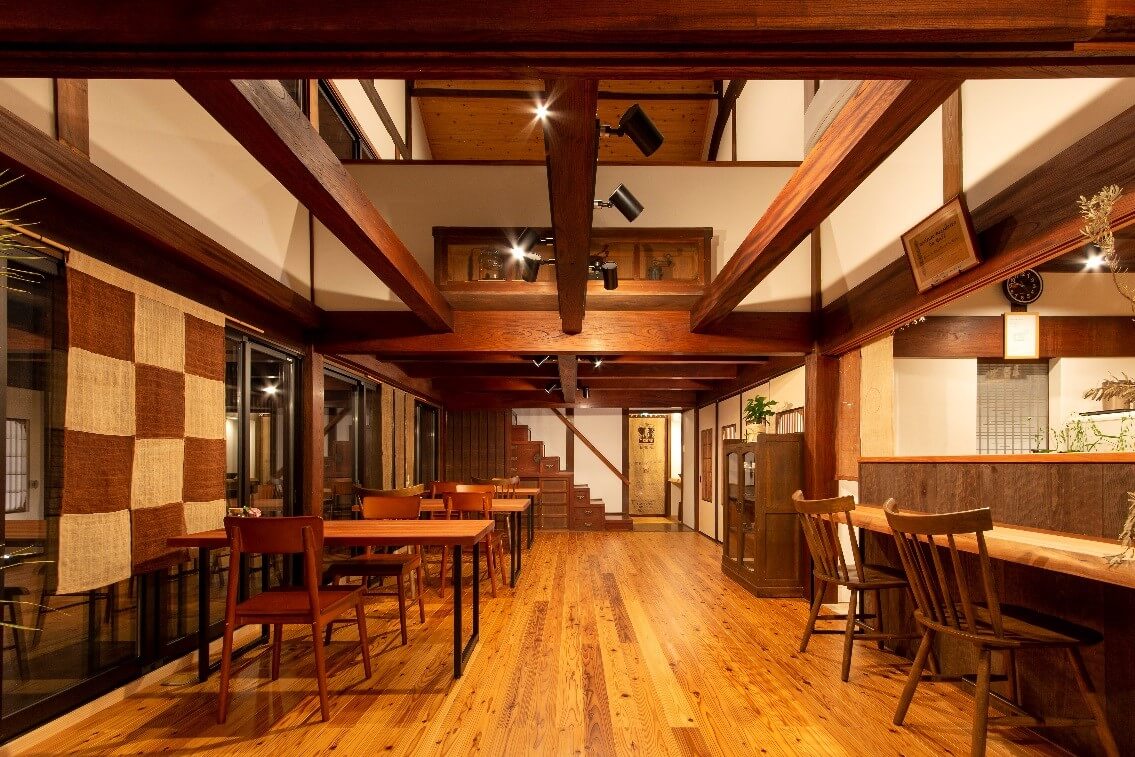
The naturally-dried old lumber used in old folk houses is made up of a wide variety of trees such as zelkova, cherry, chestnut, and cypress. The lumber used varies from region to region because it is all locally harvested timber.
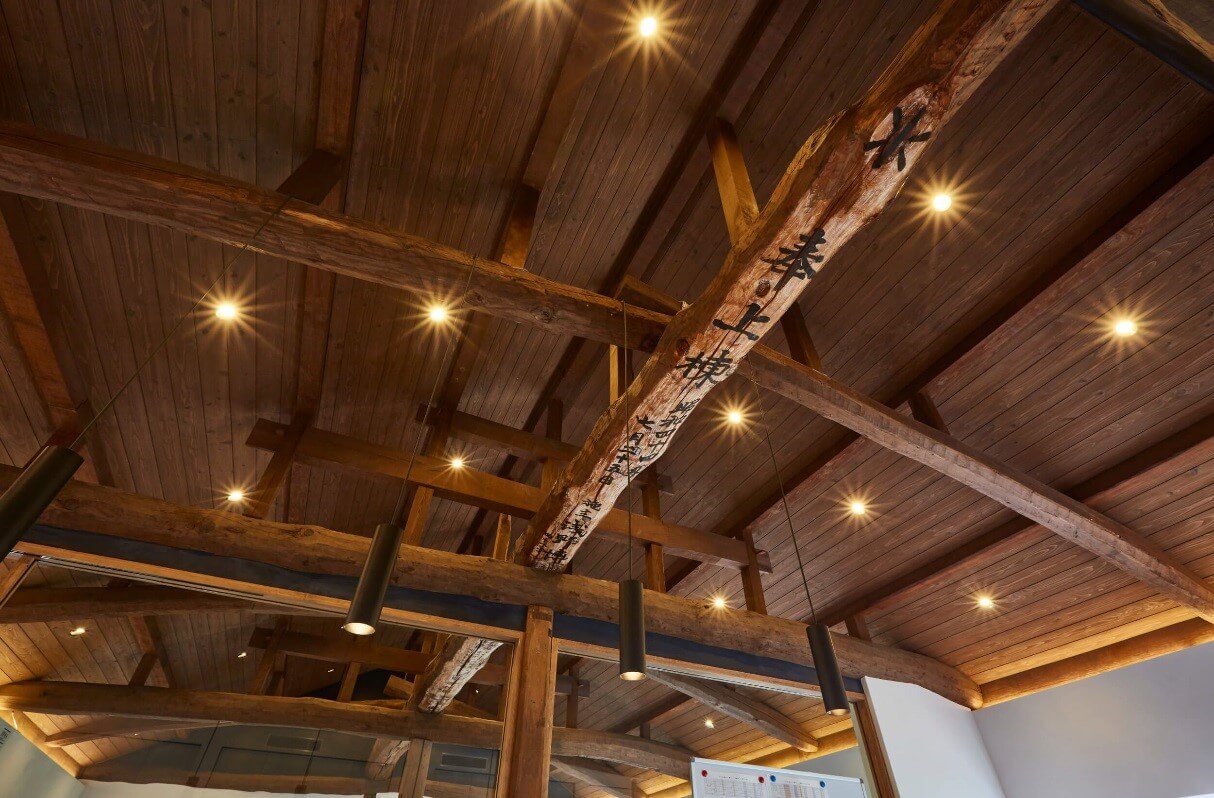
Research has found that the tensile strength and compressive strength of 100-year-old cypress trees are the highest 100 years after they are cut down. The all-wood joints used in traditional Japanese construction also become stronger as the wood ages. Old folk houses are long-lasting structures that are made of high-quality wood that is incomparable to materials used in the construction of modern houses.

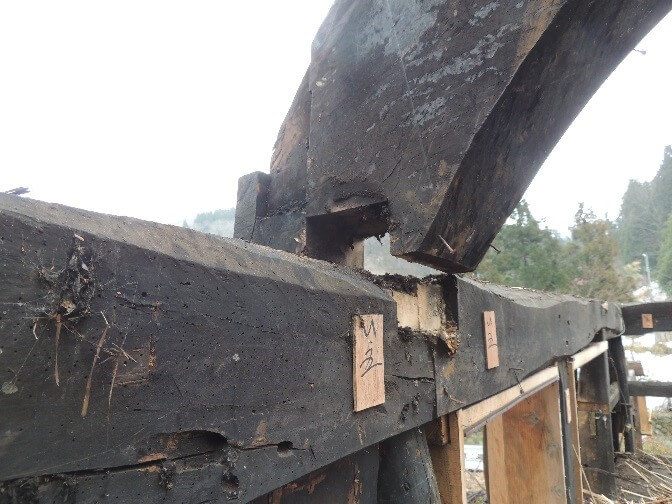


Reclaiming kominka
When a kominka has been slated for demolition, the wood is evaluated to assess if we can use the materials in new or existing structures. If the structure is still viable, before dismantling the house, all the beams and posts are numbered so that they can be reassembled later. The house is then carefully taken apart.
When a kominka has been slated for demolition, the wood is evaluated to assess if we can use the materials in new or existing structures. If the structure is still viable, before dismantling the house, all the beams and posts are numbered so that they can be reassembled later. The house is then carefully taken apart.
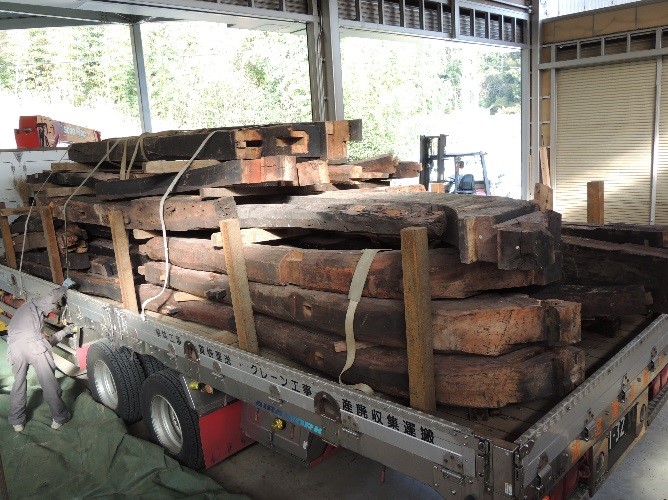

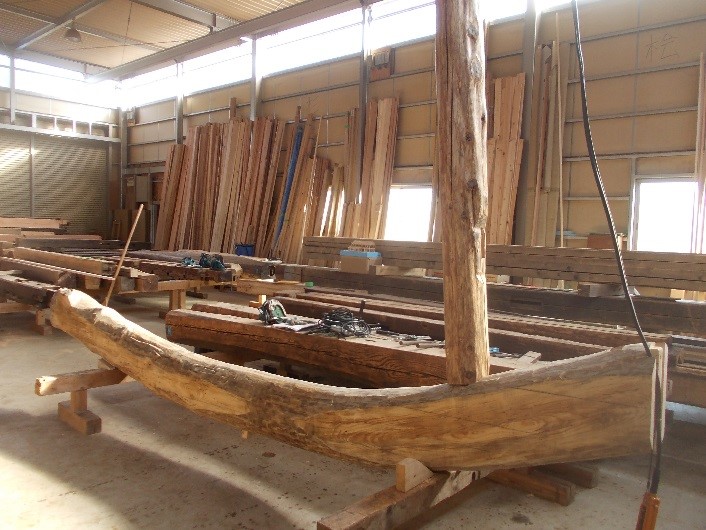
The next step is to take all the beams, posts, ceramic roof tiles, shoji screens, and other materials to the workshop where each piece is cleaned, polished, and repairs are made, if needed.
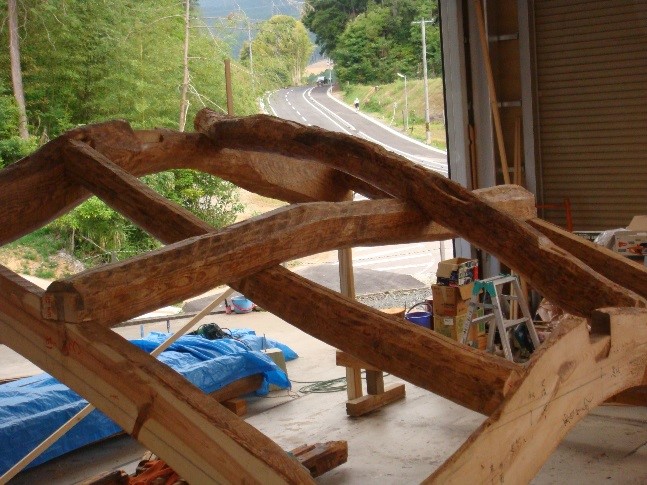
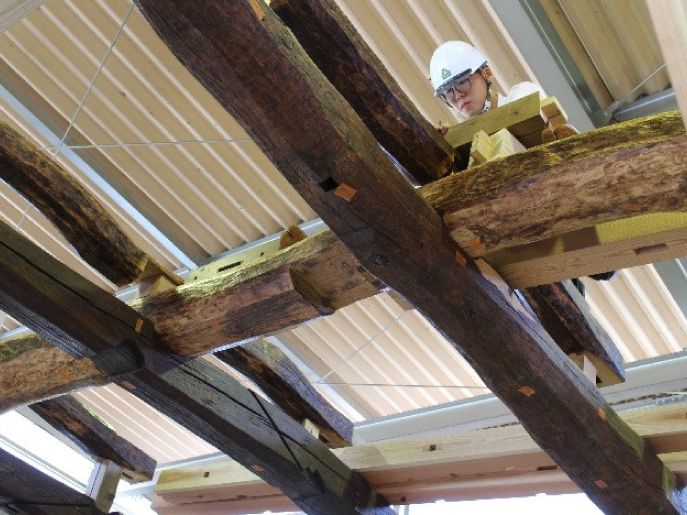
Master carpenters then pre-assemble the structure in the workshop and make any necessary modifications. As the house will have settled over the years, minor changes to length or height may be needed for some materials. This step is therefore important to ensure that the house fits structurally and that its reconstruction at its new location in another country is straightforward and problem-free.
Reconstructing kominka
Reconstructed folk houses are reassembled using Japanese timber framing and all-wood joints. And, as all the materials are numbered and documented during the disassembly process, the assembly process is in a sense akin to putting together a very old wooden model.
Reconstructed folk houses are reassembled using Japanese timber framing and all-wood joints. And, as all the materials are numbered and documented during the disassembly process, the assembly process is in a sense akin to putting together a very old wooden model.
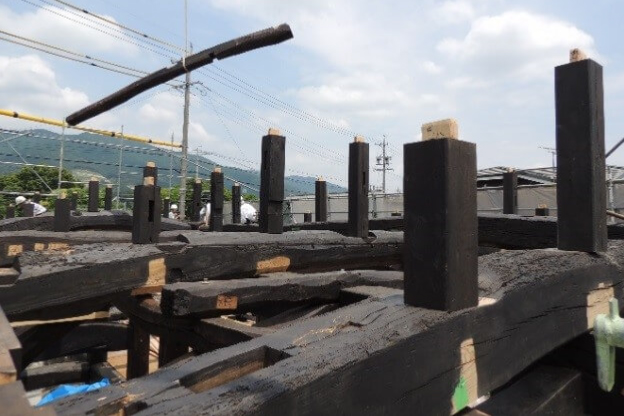
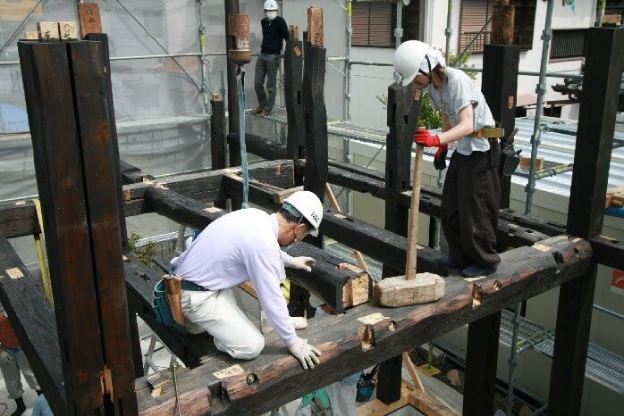
However, although reconstructed kominka maintain the beautiful aesthetic Japanese folk houses are known for, they are built in strict accordance with local building codes and regulations and are designed and built for state-of-the-art energy efficiency.
